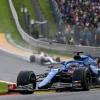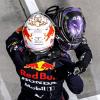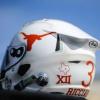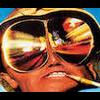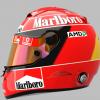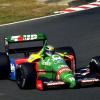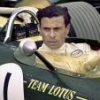This is illustrative for the many attempts to organize GP's in the USA that were short-lived. There have been 11 different sites that have hosted a race, more than any other country. However, when ignoring the Indy 500 races, COTA is by now the second most used venue behind Watkins Glen. To take a trip down memory lane:
Sebring had a single race in 1959. It was the racing dream of Alec Ulmann to have a US GP. There are plenty of stories with this GP: Harry Schell took third place in qualifying by cutting a corner, Bruce McLaren took his first win, Brabham pushed his car over the finish line, it was the last race until Monaco 1994 to have no WDC present and it was the final race to feature points for the fastest lap until this was reinstated in 2019. Financially it was not a success as the crowd was just half the size of 12-hours of Sebring and lavish gifts to the winners, so Ulmann made up his mind and decided to move elsewhere.

So for 1960, Ulmann moved to Riverside, California. However, he made a big mistake: he positioned F1 as the pinnacle of motor sports. The track owner and local media were insulted and completely ignored him. The result was again a mediocre crowd and despite a good race, it was a financial disaster.
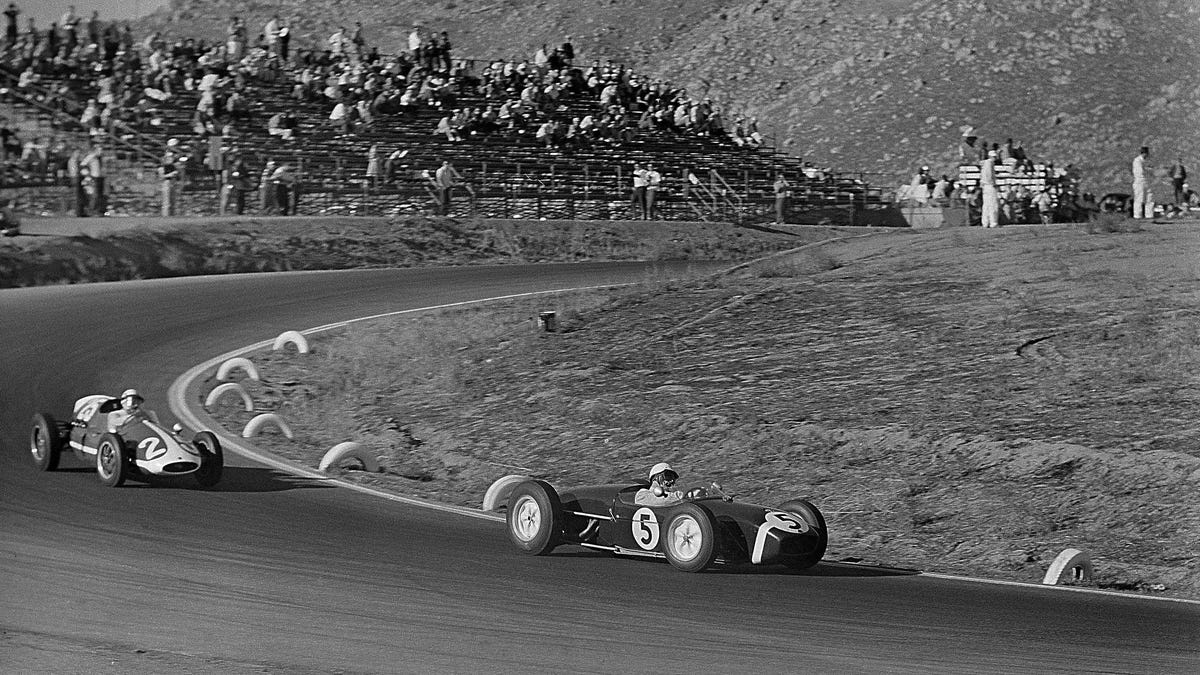
In 1961 the race moved to Watkins Glen and it finally found a favorable home for year to come. It hosted 20 consecutive races until 1980, by which it had become too unsafe for the modern, faster F1 cars, as illustrated by the deathly accidents of Cevert and Koinigg.
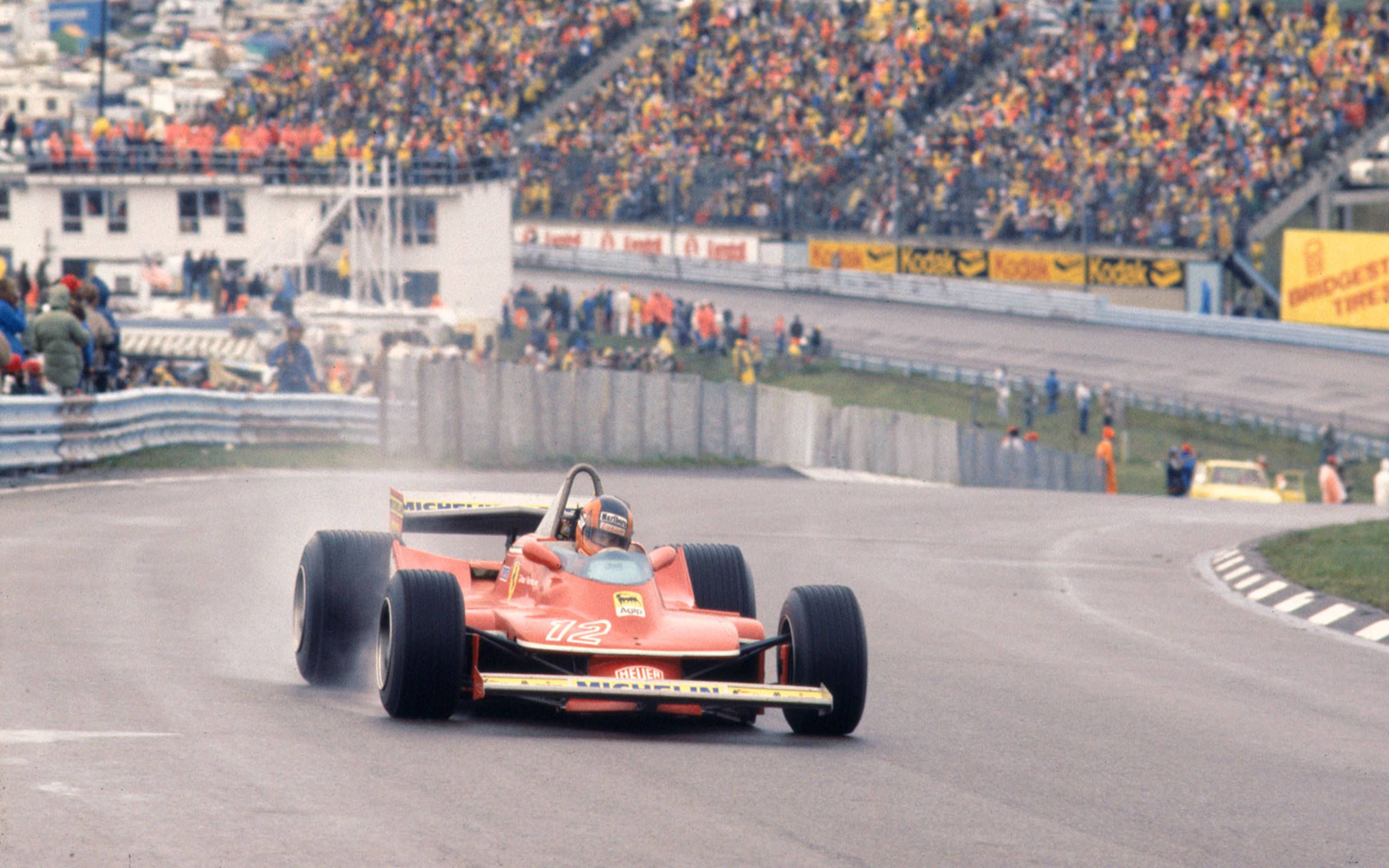
In the meantime, F1 had also returned to the West Coast, where it had 8 races from 1976 to 1983. The race was well-liked and had great scenery, but it was not a financial success. The organizers moved from F1 to CART in 1984 and it's still an integral part of the Indycar calendar today. In its final race, John Watson took his McLaren from 22nd on the grid to victory.

The replacement for Watkins Glen effectively was the Ceasars Palace GP in Las Vegas, which was held in 1981 and 1982. It was commonly hated by drivers for its boring layout, the location on Ceasars Palace' carpark and intense heat. Piquet took his first title there and Alboreto his first win. Again, it was a financial disaster. Even though Bernie Ecclestone had been pushing for F1 to get to Vegas, crowds were small and the hotel took a big loss.
ps. Las Vegas did look a bit different back then, isn't it?

For 1982, Detroit was added as a third US race. Held in June, it more than anything suffered from hot weather that amplified the difficulties of an already challenging track of temporary basis. Retirements were common and thus unexpected results as well. In 1984 Brundle, finished second in his DFV-powered Tyrrell, but was disqualified after the finding of 'impurities' in its cooling water, which was topped up during the race, leading to accusations of refuelling during the race. In 1986 and 1987 there were a lot of issues with track breakup, so 1988 would be the last race in Detroit. Fittingly, it was even hotter that year and the problems even worse.

In 1984, the replacement for the Long Beach GP effectively was the Dallas GP. Given the experiences in Detroit, one could wonder how sensible it would to have a race in Dallas in the middle of summer, but they went ahead anyways. During the entire weekend there were significant problems with the track surface and Prost and Lauda even threatened to boycott the event. Ultimately it was decided to race three hours earlier to avoid the worst of the heat. Keke Rosberg took victory and Mansell, like Brabham 25 years before, pushed his car across the finish line, before fainting.
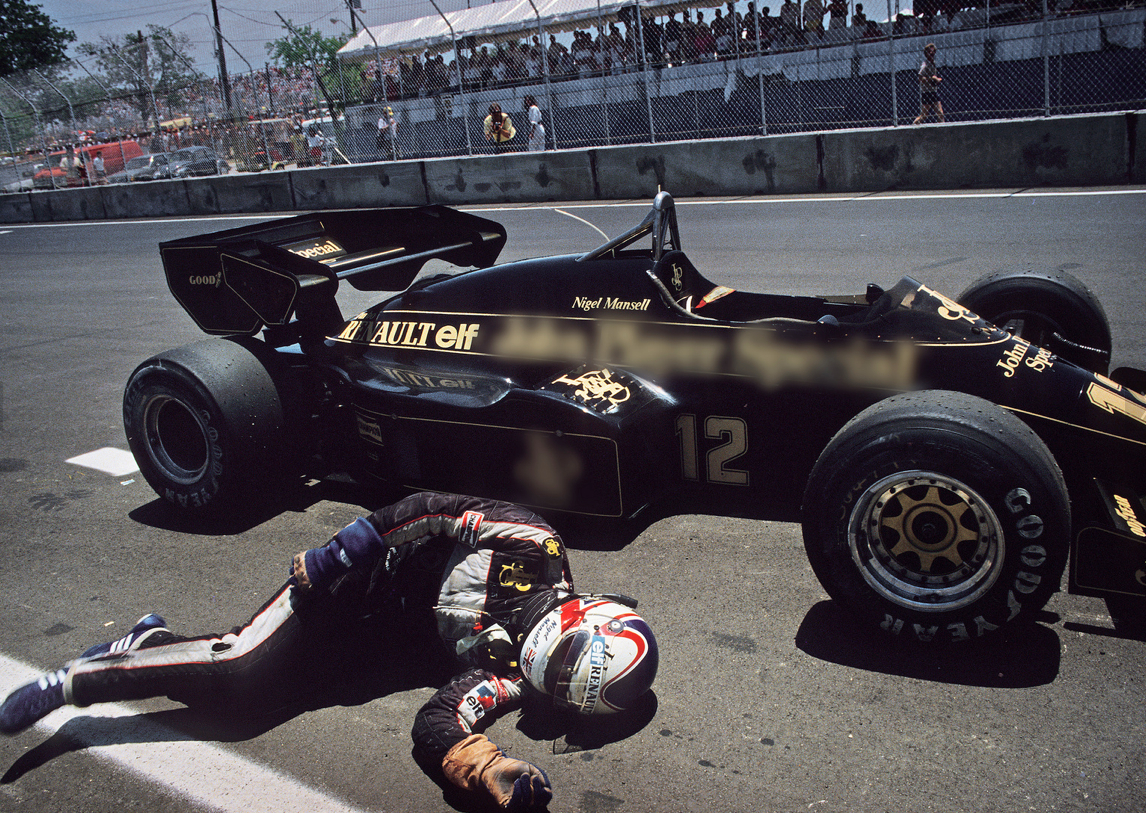
After leaving Detroit, F1 moved to Phoenix, which held the US GP from 1989 to 1991. All races were won by McLaren and possibly the most remembered thing is Jean Alesi's claim for fame by finishing second in his Tyrrell in 1990. After 1991 the contract was cancelled by Bernie Ecclestone, as he told the circuit could not host more spectators, but allegedly it was to make room for a race in post-apartheid South Africa.
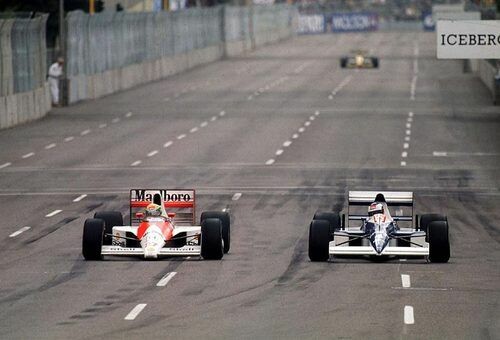
In 2000, Ecclestone made another attempt for a US GP, this time at the holy ground of the IMS. With a layout partly using the oval and partly using the inner road course, it featured good racing and strong crowds, until a complete and utter failure happened in 2005, with all Michelin running cars retiring before the start due to safety concerns. Its reputation did not recover and the race was cancelled after 2007.

After the successful addition of COTA, F1's new owners aimed at expending their US footprint. In 2022 they added Miami. One might remember Verstappen's win from ninth place in 2023, or Norris' first win this year, but it all feels a bit bland. Miami is such a vibrant city, but we're racing around a football stadium on a track with a fake marina. Why?
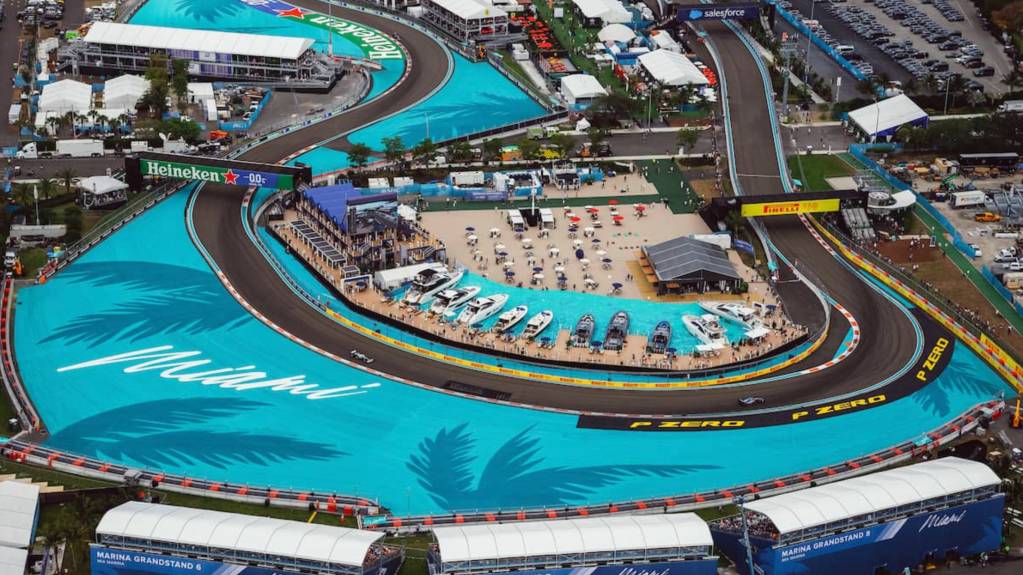
Finally, the latest addition is the Las Vegas Strip Circuit. Not to be confused with the Ceasars Palace parking lot circuit (see comparison on the map below). It is definitely a showcase of Las Vegas as it is today: loud and in your face. However, last years' race was actually pretty good, so we'll see how this turns out in the future.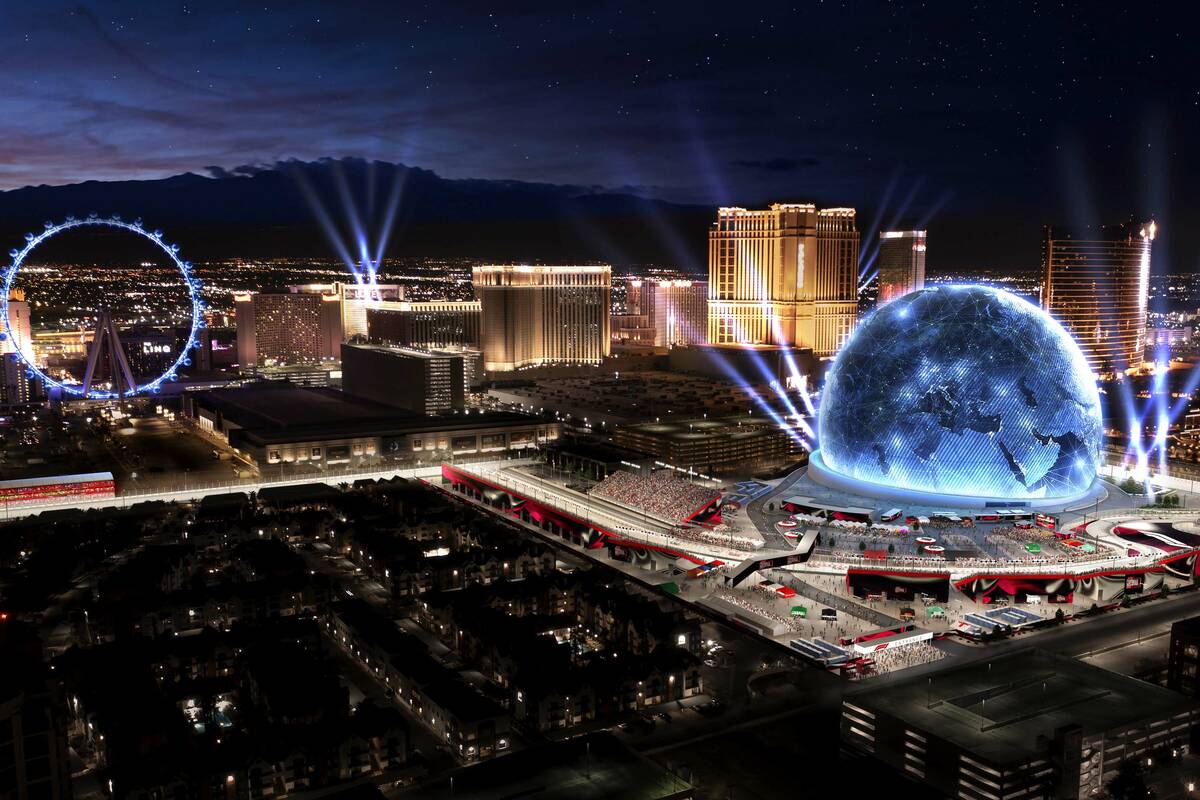
![]()
![]()


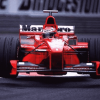

 This topic is locked
This topic is locked




